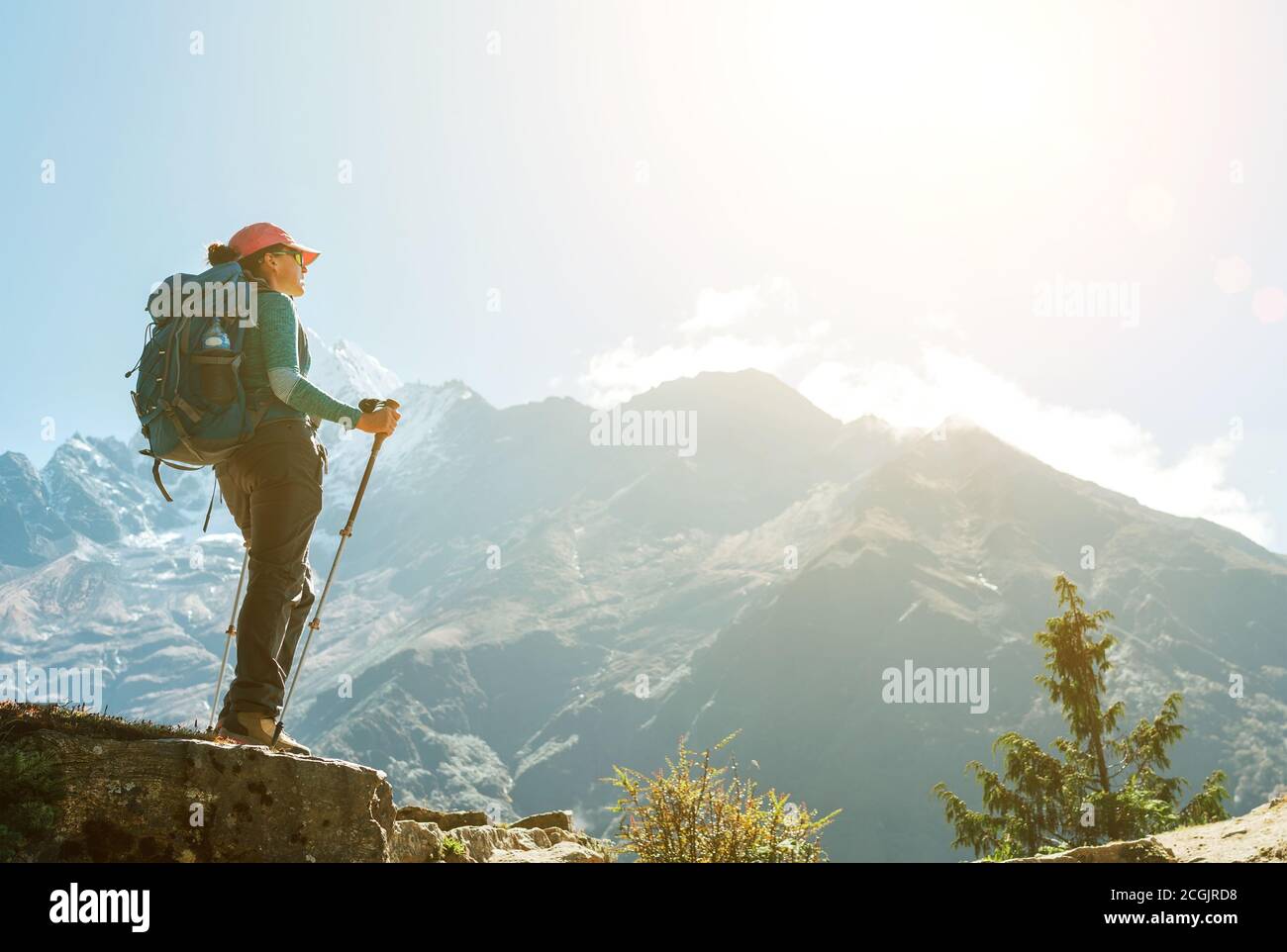Seven-Day Everest Expedition: The Perils Of Using Anesthetic Gases For High-Altitude Acclimatization

Table of Contents
The Allure of Accelerated Acclimatization
The pursuit of faster Everest expeditions is driven by several factors. Modern climbers are embracing "fast and light" climbing styles, prioritizing speed and efficiency. This trend is influenced by:
- Reduced overall expedition time and cost: A shorter expedition translates to lower overall expenses and less time away from work or other commitments.
- Increased efficiency for guided climbs: Guided climbs benefit from faster turnaround times, allowing operators to manage more expeditions per year.
- Perceived reduced risk of weather changes impacting the climb: The belief that a shorter timeframe minimizes exposure to unpredictable weather conditions is a misconception; weather remains a significant risk factor regardless of expedition duration.
However, the desire for speed should never overshadow the critical importance of proper high-altitude acclimatization.
The Dangers of Anesthetic Gases at High Altitude
High altitude significantly impacts the human body. Hypoxia, or oxygen deficiency, at extreme altitudes causes a cascade of physiological changes. Using anesthetic gases to mask the symptoms of altitude sickness is incredibly dangerous. These gases can:
- Impair judgment and decision-making: Already challenged by the physiological effects of altitude, the addition of anesthetic gases further compromises cognitive function, increasing the risk of poor judgment calls and potentially fatal errors.
- Mask critical symptoms of Acute Mountain Sickness (AMS), High Altitude Pulmonary Edema (HAPE), and High Altitude Cerebral Edema (HACE): These life-threatening conditions often present with subtle symptoms. Anesthetic gases can mask these warning signs, delaying treatment and drastically increasing the risk of mortality.
- Increase risk of falls, accidents, and other climbing-related mishaps due to impaired cognitive function: Reduced awareness and coordination significantly raise the risk of falls, slips, and other accidents on the challenging terrain of Everest.
- Potential for long-term respiratory and neurological complications: The use of anesthetic gases at high altitude carries the potential for severe long-term health problems, including respiratory issues and neurological damage.
Specific Risks of Certain Anesthetic Gases
The risks associated with specific anesthetic gases at high altitude are amplified by the already compromised physiological state of the climber. While we cannot name specific gases due to liability concerns, it's crucial to understand that any such use is extremely risky. Each gas presents unique challenges in a high-altitude environment, often exacerbating existing hypoxia-related issues. For instance, some gases can depress respiratory function, while others can further impair cognitive abilities. The interaction between the gases and the already stressed physiological state at altitude is unpredictable and inherently dangerous. Consult with a medical professional specializing in high-altitude medicine before considering any substance for altitude acclimatization.
Safe and Effective High-Altitude Acclimatization Techniques
Prioritizing safety requires adhering to established, proven high-altitude acclimatization techniques. These methods, while requiring more time, significantly reduce the risk of altitude sickness and its associated complications. These include:
- Gradual ascent: Allowing the body to adapt gradually to increasing altitude is paramount. This involves spending sufficient time at each altitude level before proceeding to higher elevations.
- Adequate hydration and nutrition: Maintaining proper hydration and consuming a nutritious diet fuels the body's natural acclimatization processes.
- Rest and sleep at appropriate altitudes: Sufficient rest and sleep at each altitude are essential for the body to adapt to the reduced oxygen levels.
- Monitoring for symptoms of altitude sickness: Regular self-monitoring for symptoms of AMS, HAPE, and HACE is crucial for early detection and intervention.
- Utilizing supplemental oxygen appropriately (under medical supervision): Supplemental oxygen can be a valuable tool under medical guidance, but should not replace proper acclimatization.
The Ethical Considerations of Using Anesthetic Gases on Everest
Using anesthetic gases to accelerate Everest expeditions raises serious ethical concerns. The potential for harm far outweighs any perceived benefits. Key considerations include:
- Informed consent from climbers: Climbers must be fully informed of the risks involved before consenting to the use of such substances.
- Potential for exploitation of inexperienced climbers: Inexperienced climbers may be more vulnerable to pressure from guides or operators pushing for a faster ascent, potentially disregarding safety in favor of speed.
- The role of regulations and safety guidelines: Clear regulations and safety guidelines are crucial to prevent the unethical and dangerous use of substances in high-altitude expeditions.
Conclusion
Using anesthetic gases for high-altitude acclimatization during a seven-day Everest expedition is incredibly dangerous and irresponsible. The risks associated with this practice significantly outweigh any perceived benefits. Prioritizing safety requires a commitment to proven acclimatization methods, emphasizing gradual ascent, proper hydration and nutrition, and vigilant monitoring for altitude sickness symptoms. While the allure of a fast Everest ascent might seem appealing, remember that a successful and safe Everest expedition prioritizes proper high-altitude acclimatization over speed.
Call to Action: Before embarking on any high-altitude expedition, particularly a seven-day Everest expedition, thoroughly research safe and effective high-altitude acclimatization methods. Consult with experienced mountaineers and medical professionals specializing in high-altitude medicine. Don’t compromise your safety for a faster climb; proper high-altitude acclimatization is essential for a successful and safe Everest expedition.

Featured Posts
-
 Shop Now Huge Savings On Nike Air Dunks Jordans At Foot Locker
May 16, 2025
Shop Now Huge Savings On Nike Air Dunks Jordans At Foot Locker
May 16, 2025 -
 Surging Egg Costs Evaluating Trumps Earlier Prediction
May 16, 2025
Surging Egg Costs Evaluating Trumps Earlier Prediction
May 16, 2025 -
 Menendez Brothers Resentencing A Judges Ruling
May 16, 2025
Menendez Brothers Resentencing A Judges Ruling
May 16, 2025 -
 Jimmy Butlers Stellar Performance Propels Golden State Warriors Past Houston Rockets
May 16, 2025
Jimmy Butlers Stellar Performance Propels Golden State Warriors Past Houston Rockets
May 16, 2025 -
 Athletic Bilbao In Depth News And Reports From Vavel United States
May 16, 2025
Athletic Bilbao In Depth News And Reports From Vavel United States
May 16, 2025
